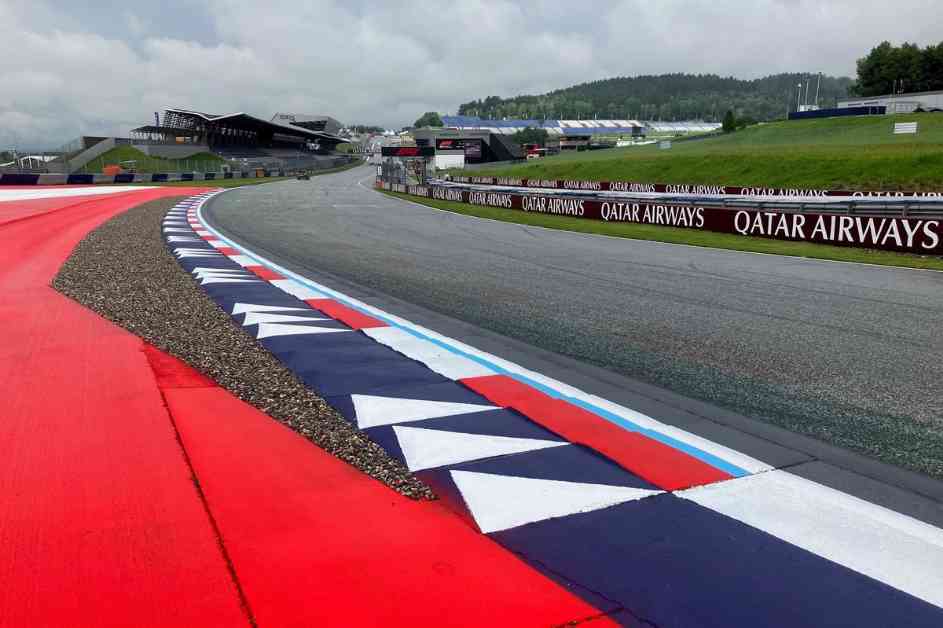DTM’s Decision to Stick with Asphalt Run-Offs at Red Bull Ring
The issue of track limits has been a long-standing problem at the Red Bull Ring, with drivers frequently running off the circuit and breaching the boundaries. In an attempt to address this issue, Formula 1 experimented with gravel beds at the final two corners of the track during their race in June. The solution was well-received by drivers, as it effectively deterred them from exceeding track limits.
However, the DTM has decided not to implement the gravel beds for their upcoming race at the Red Bull Ring. Despite the success of the gravel traps in Formula 1, the series will have to rely on the familiar asphalt run-off areas instead. This decision comes as a disappointment to some, as the gravel beds were seen as an effective way to enforce track limits.
Challenges of Implementing Gravel Beds
One of the main reasons cited for the absence of gravel traps at the Red Bull Ring for the DTM race is the logistical challenges involved. The gravel beds that were temporarily installed for Formula 1 had to be removed to make way for the MotoGP race, which preferred asphalt run-offs for the safety of riders. This decision was made well in advance, leaving insufficient time to re-install the gravel beds for the DTM event.
Furthermore, the cost of implementing and maintaining gravel traps can be a significant factor. While it may be feasible for world championships like Formula 1 and MotoGP to invest in such measures, regional series like the DTM may find it financially burdensome. The estimated cost of replacing asphalt with gravel is around €50,000, which could pose a considerable expense for the DTM.
Alternative Solutions for Track Limits
With the gravel traps no longer an option, the DTM will have to rely on alternative methods to police track limits at the Red Bull Ring. One solution that has been proposed is the use of bollards placed in the run-off areas to indicate the boundaries of the track. This method was employed successfully last year and will likely be implemented again for the upcoming race.
However, the issue of track limits enforcement has been a contentious one, particularly in qualifying sessions where penalties can impact the starting grid. Some drivers have raised concerns about the consistency of penalties and whether they are applied fairly across the board. It remains to be seen how effective the bollards will be in preventing drivers from gaining an advantage by running off the track.
In conclusion, the decision not to implement gravel traps at the Red Bull Ring for the DTM race raises questions about the best methods for enforcing track limits in motorsport. While gravel beds have proven effective in deterring drivers from exceeding track boundaries, logistical challenges and cost considerations may limit their widespread adoption. As the debate continues, it will be interesting to see how different series navigate the issue of track limits enforcement in the future.












